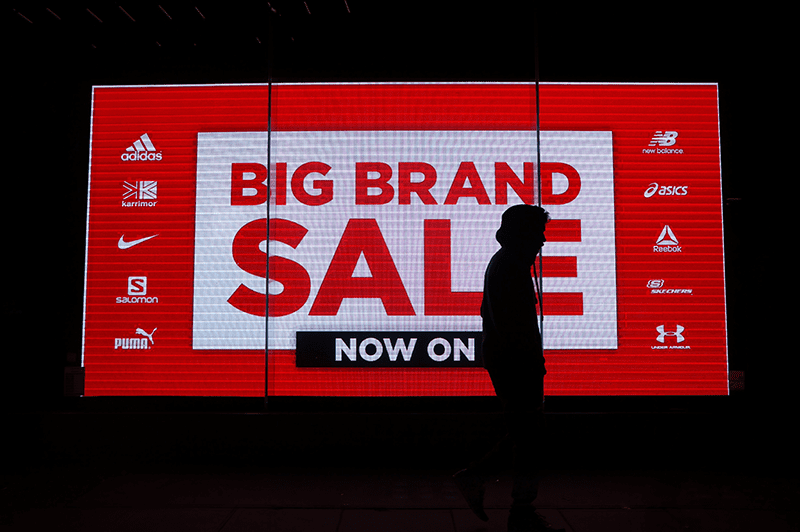An old economic theory of consumers says that “people should relish choice.” And they do, most times. But this old theory, discussed by Adam Smith in his 1759 book, The Theory of Moral Sentiments, assumes that people use sharp analytical skills to make logical decisions when purchasing.
From a rational perspective, people are supposed to weigh economic decisions and choose the one with the best outcomes. But other fields of science tell a more complicated story. Over the years many scientists — Daniel Kahneman, Richard Thaler, and John Maynard Keynes, just to name a few — advanced a different theory that consumers are not motivated by facts at all.
In fact, there’s no logical pattern to their buying behavior. Consumer behavior isn’t always straightforward, predictable, or even rational. People are prone to all sorts of biases and habits that keep them from making strictly rational decisions.
So, if consumer behavior isn’t reasonable, is it possible to tailor a product offering to their needs and wants?
The Irrational Consumer: Decision Making Based on Beliefs Rather than Facts
A customer’s mind is not a clean slate. Human cognitive responses factor in intuition, emotions, norms, and a host of other biases. Information is refracted through the lens of belief, making it next to impossible to make a decision that’s wholly rational. In fact, any information that’s inconsistent with your core belief is instantly rejected.
What people believe dictates their buying behavior. For instance, a significant portion of consumers believe that healthy food is unpalatable, and as a result, they don’t purchase it. Such beliefs can be so strong that they reduce the perceived satisfaction they get from eating healthy foods.
Another example is the pervasive belief that expensive equals higher quality. Beliefs dictate how people experience the world and, in turn, their buying behavior. As a marketer, you need to understand how beliefs work if you’re to develop effective marketing strategies.
Engaging the Irrational Consumer
The key to engaging the unreasonable consumer is to design specific experiences around your products and services. Decisions are grounded in cognitive processes teeming with biases and contradictions, which makes people easy to influence.
An incidental cue here and there subtly influences consumers to make decisions. Nudge marketing encourages desired behavior by appealing to the psychology of the consumer. It alters behavior without forbidding any options.
Put simply, nudging is the process of making decision-making easier by designing one choice that will appeal to consumers over the others. For instance, to get customers to buy the large drink, you’d design the prices in such a way that the large drink is the more economical option. Yes, people are spending more, but they feel like they’re saving money at the same time.
Oftentimes, people are motivated more by the offer of a product than by the product itself. Everyone loves free things, which is why “buy 2 get 1 free” is such a popular marketing strategy. Even when they don’t need or particularly want the product, they’ll be tempted to get it.
Think of it this way, most decisions are context-specific. Purchase decisions are influenced by situational factors, including alternative options, past purchase decisions, and even the environment. Marketers should rethink the idea that consumer needs are fixed and stable over time.
Expectations Mean Everything
The best marketing is one that is based on the customer experience. Consumers make decisions to maximize their pleasure and avoid stress. As a marketer, how you frame or position your products determines how people perceive them, influencing their buying behavior.
Consumers follow the path of least resistance. People don’t like making decisions; it makes them uncomfortable, and humans are naturally wired to avoid negative feelings and experiences. By making it easy for customers to make decisions, you increase their chances of purchasing the item.
Offer a glimpse of how bad things could be if they forego your product or service. People are more likely to take action if you make it clear what they’ll lose if they don’t. They’re more motivated by avoiding loss than by gaining something. And this is where good branding does a lot of the heavy lifting—having a clear, compelling message around your brand and its products.
Want to meet your “unreasonable consumers” using micro-moment inception?
